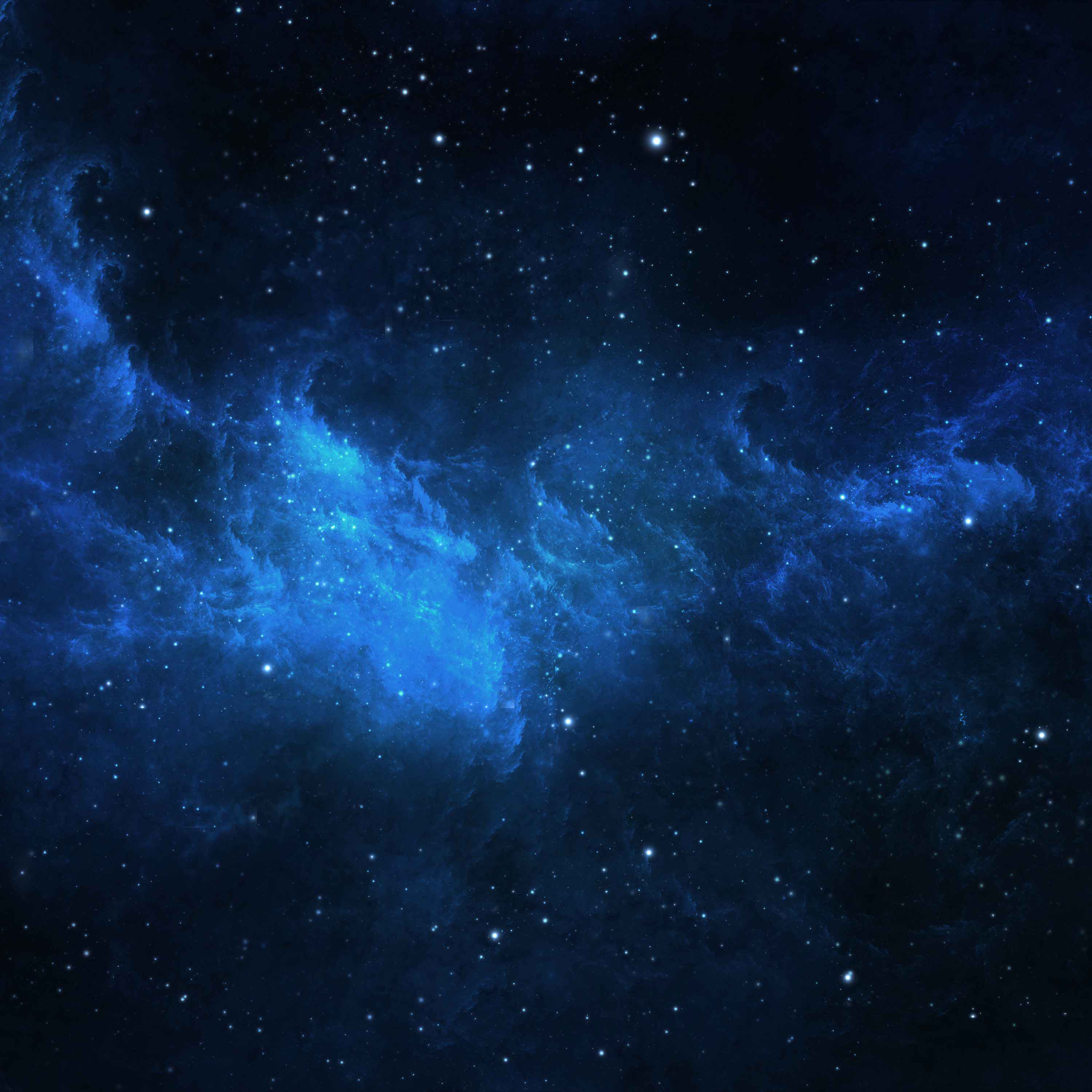GECO coffee club
Wednedays, 15:00. Informal (short) presentations with coffee Find all informations at this link.
GECO discussion circle: Transient
Salle TramontaneDiscussions about extra-galactic transients Latest news (SVOM, LISA, ...) Presentation byNy-Avo : extinction curves in host galaxies of GRBs.
LAM seminar: Akim Atek – Probing Cosmic Dawn and Cosmic Reionization with JWST
Amphi du LAMThe JWST is revolutionizing our understanding of the early Universe by unveiling a wealth of bright galaxies at z>9 and faint AGNs at z>5. I will present the latest constraints on the overabundance of UV-bright galaxies at z>9, which is 10–100 times higher than galaxy formation models. I will discuss to what extent recent theoretical […]
LAM seminar: Clément Ranc
Amphi du LAMGECO “Galaxy Evolution” discussion circle
Salle MistralFor our next G.E. Circle ( 15 March - 15h @ Mistral ) we propose to talk about quenching at high redshift. The idea is to continue with the format of a round table, with a lively and informal discussion for basic to advanced subjects. This time we will have the presence of Thibaud Moutard […]
LAM seminar: Henri Bonnet (ESO)
Amphi du LAMWavefront architecture of the ELT The ELT Wavefront Control manages the 5 mirrors of the telescope in position and shape and delivers at the interface with the instruments a beam quality compatible with diffraction-limited performance after correction by post-focal AO systems. This is obtained if the spectral distribution of aberrations in the temporal and spatial […]
Cosmo circle of the GECO team
Salle MistralWe will have Raquel Galazo-Garcia giving a talk with the title "Exploring Scalar Field Dark Matter Models: Analytical Insights, Numerical Simulations, and Gravitational Lensing Prospects" The abstract is: " In the paradigm of the Standard Cosmological Model, 83% of the matter in the Universe is made up of an unknown substance called 'dark matter' (DM). […]
LAM seminar: Chiaki Kobyashi
Amphi du LAMGECO team Galaxy Evolution Circle
or our next G.E. Circle - 29 March EXCEPTIONALLY AT 14h @ Mistral - we propose to talk about Galaxy Simulations. The idea is to continue with the format of a round table, with a lively and informal discussion for basic to advanced subjects. This time we will have the presence of Emmanuel Nezri, Jean-Charles […]
LAM seminar: Laurent Lamy
Amphi du LAMThe (spring) magnetosphere of Uranus probed by a decade of HST observations of its ultraviolet aurorae The re-detection and long-term monitoring of the ultraviolet aurorae of Uranus with the Hubble Space Telescope during the past decade has provided a new, so far unique, mean to remotely investigate from Earth the asymmetric magnetosphere of Uranus since its discovery by Voyager […]




